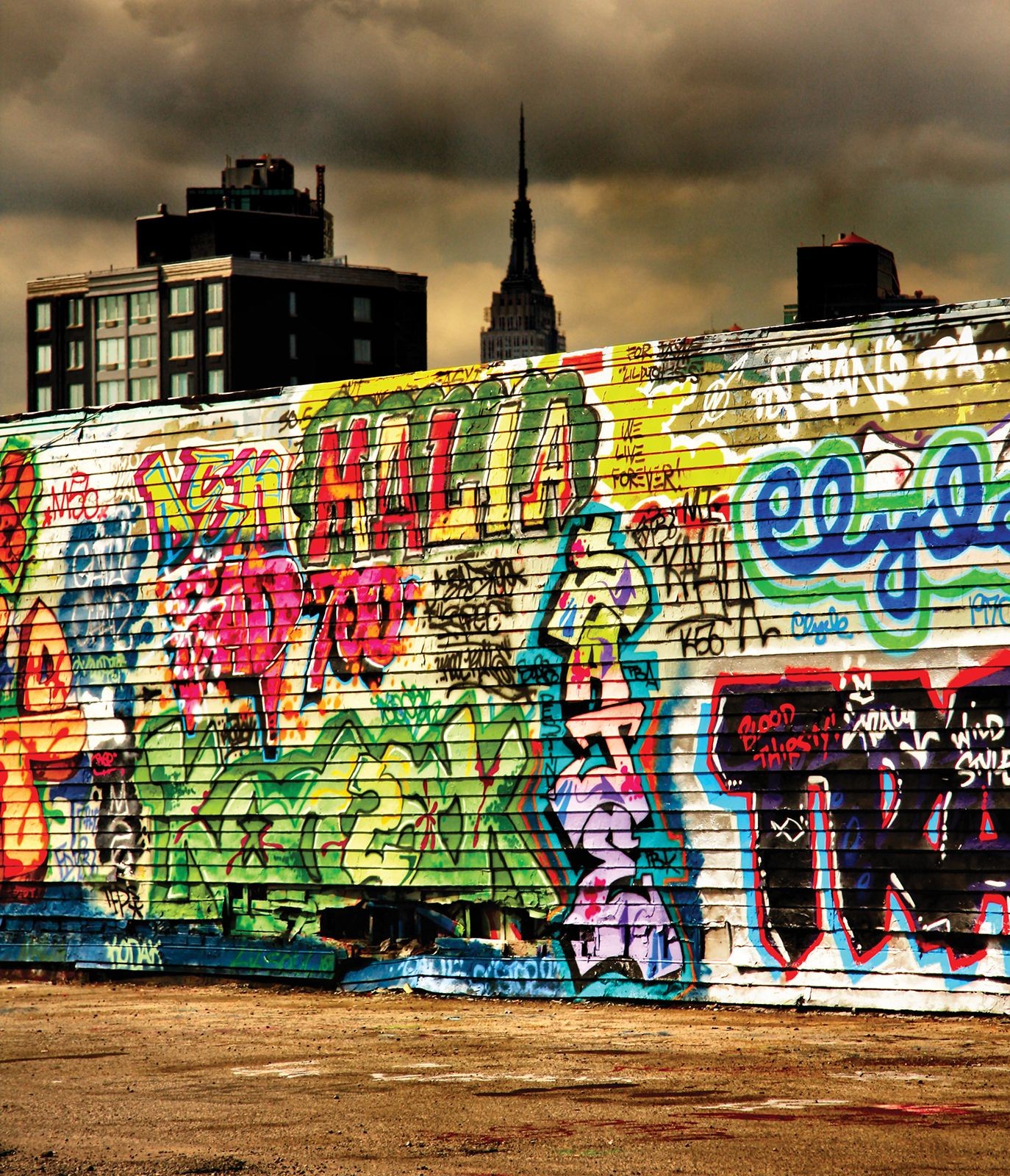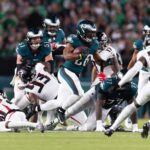Hip hop is more than just rap music. It’s a vibrant and complex culture encompassing several key elements. While often used interchangeably with rap, the term “hip hop” refers to a broader cultural movement that originated in the late 1970s. This article delves into the core components of hip hop, its historical roots, and its evolution into a global phenomenon.
The hip-hop movement emerged from the economically deprived South Bronx of New York City. Its beginnings are often shrouded in mystery and legend, but its impact on music, art, and society is undeniable.
The Four (or Five) Pillars of Hip Hop
Hip hop culture is traditionally defined by four core elements:
- Deejaying (Turntablism): The art of manipulating records on turntables to create unique sounds and rhythms.
- Rapping (MCing): The rhythmic spoken word delivery of lyrics, often characterized by rhyme and wordplay.
- Graffiti Art: Visual art, often expressed through vibrant murals and tags on public surfaces.
- B-boying (Breakdancing): An energetic and acrobatic dance style that emphasizes improvisation and skill.
Some proponents of hip-hop add a fifth element:
- Knowledge of Self/Consciousness: A focus on self-awareness, social justice, and community empowerment. This element is often emphasized by socially conscious hip-hop artists.
The Rise of Graffiti and Breakdancing
Graffiti and breakdancing were among the first aspects of hip hop to gain public attention. Graffiti’s origins can be traced back to 1972, with the tagging of “Taki 183” throughout the New York City subway system. This quickly evolved into elaborate murals and artwork adorning subway cars. Artists used imagery from underground comics and television in their work. Soon, graffiti gained recognition in art galleries across the United States, Europe, and Japan. The Metropolitan Transit Authority responded with increased security measures.
The Evolution of DJing and Rapping
The foundations of dancing, rapping, and deejaying were intertwined. DJ Kool Herc, an immigrant from Jamaica, introduced powerful sound systems to parties in the Bronx. Using two turntables, he blended percussive elements from older records with popular dance tunes. This created a continuous musical flow. Pioneers like Grand Wizard Theodore, Afrika Bambaataa, and Grandmaster Flash isolated and extended the “break beat.” This is the section of a dance record where the drums are most prominent, fostering improvisational dancing. This led to breakdancing contests.
Grandmaster Flash pioneered techniques like needle dropping, which prolonged drum breaks. He used two copies of a record simultaneously. “Scratching” was another innovation, created by sliding the record back and forth.
From Spoken Word to Rap: The Roots of MCing
Kool Herc is often credited as the father of modern rapping. He added spoken interjections over records. MCing draws influence from West African griots, talking blues songs, jailhouse toasts, and the dozens. Other influences include the announcing styles of 1950s rhythm-and-blues deejays like Jocko Henderson, Black power poetry from Amiri Baraka and The Last Poets, rapping sections in recordings by Isaac Hayes and George Clinton, and Jamaican toasting.
The Rise of Rap Music
Rap gained mainstream recognition in the United States with The Sugarhill Gang’s “Rapper’s Delight” (1979). This song quickly topped the charts and defined a new genre of pop music. Other pioneers include Grandmaster Flash and the Furious Five, Kurtis Blow, and the Cold Crush Brothers. These early MCs and deejays are considered the “old school” of rap.
Hip Hop’s Enduring Legacy
Hip hop started as a grassroots movement in the South Bronx. Today, it has grown into a global phenomenon. It continues to evolve, influence, and inspire. It shapes music, fashion, language, and culture. From its origins in deejaying, rapping, graffiti, and breakdancing, hip hop remains a powerful voice. It is a creative force, and a reflection of the communities that birthed it.

